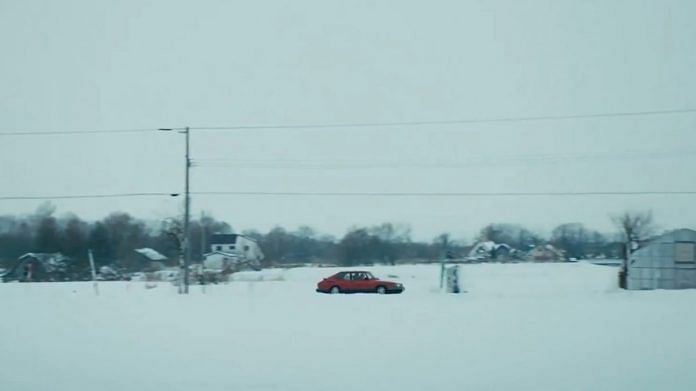Had Ryusuke Hamaguchi not decided to adapt Haruki Murakami’s short story Drive My Car, and picked one of his novels instead – Hard Boiled Wonderland or A Wild Sheep Chase – it would have, perhaps, ended up looking like a David Lynch, Charlie Kaufman or an Ingmar Bergman film. Perhaps Alejandro González Iñárritu’s 2014 Drama Birdman is a more accurate example. It’s easy to see why the film, now streaming on MUBI, racked up so many accolades. It’s a ‘European’ movie in Japanese, Mandarin, Korean Sign Language and English – a slow-burn drama that tugs at the heartstrings, but not too hard — a stick Japanese critics use to beat Murakami with. But the answer to what makes the truly film special, however, is something that’s not even a part of it.
The film essentially follows the life of theatre actor/director Yûsuke Kafuku (Hidetoshi Nishijima). After the passing of his wife Oto (Reika Kirishima), Kafuku encounters his wife’s paramour and junior Kōji Takatsuki (Masaki Okada) in a casting call for a stage play of Anton Chekhov’s Uncle Vanya at a Hiroshima theatre festival. He is chauffeured around by Misaki Watari (Tôko Miura) in his own red 1987 Saab 900 Turbo. Although reluctant at first, Kafuku slowly forms a bond with Watari, leading to the revelation of some of their deepest, darkest emotions.
Drive My Car isn’t the only adaptation
Faithful as it might be, Ryusuke Hamaguchi’s Drive My Car is not a film that simply adapts one Murakami short story. It adapts three. Not to mention significant directorial additions in fleshing out the stage-play narrative. It’s within these elements that the ‘transcendent’ moments of the film live and die.
In a way, Hamaguchi embodies Checkov in the creation and execution of the film. Like the Russian author in Uncle Vanya, which is a reworking of his own longer play The Wood Demon, the Japanese filmmaker undertakes the task of re-telling, not his own, but Murakami’s work. But instead of stripping the story down, Hamaguchi and co-screenwriter Takamasa Oe combine (which explains its almost 3-hour runtime that drags a little) – like master alchemists – ingredients, rasas, that comprise an ethereal brew.
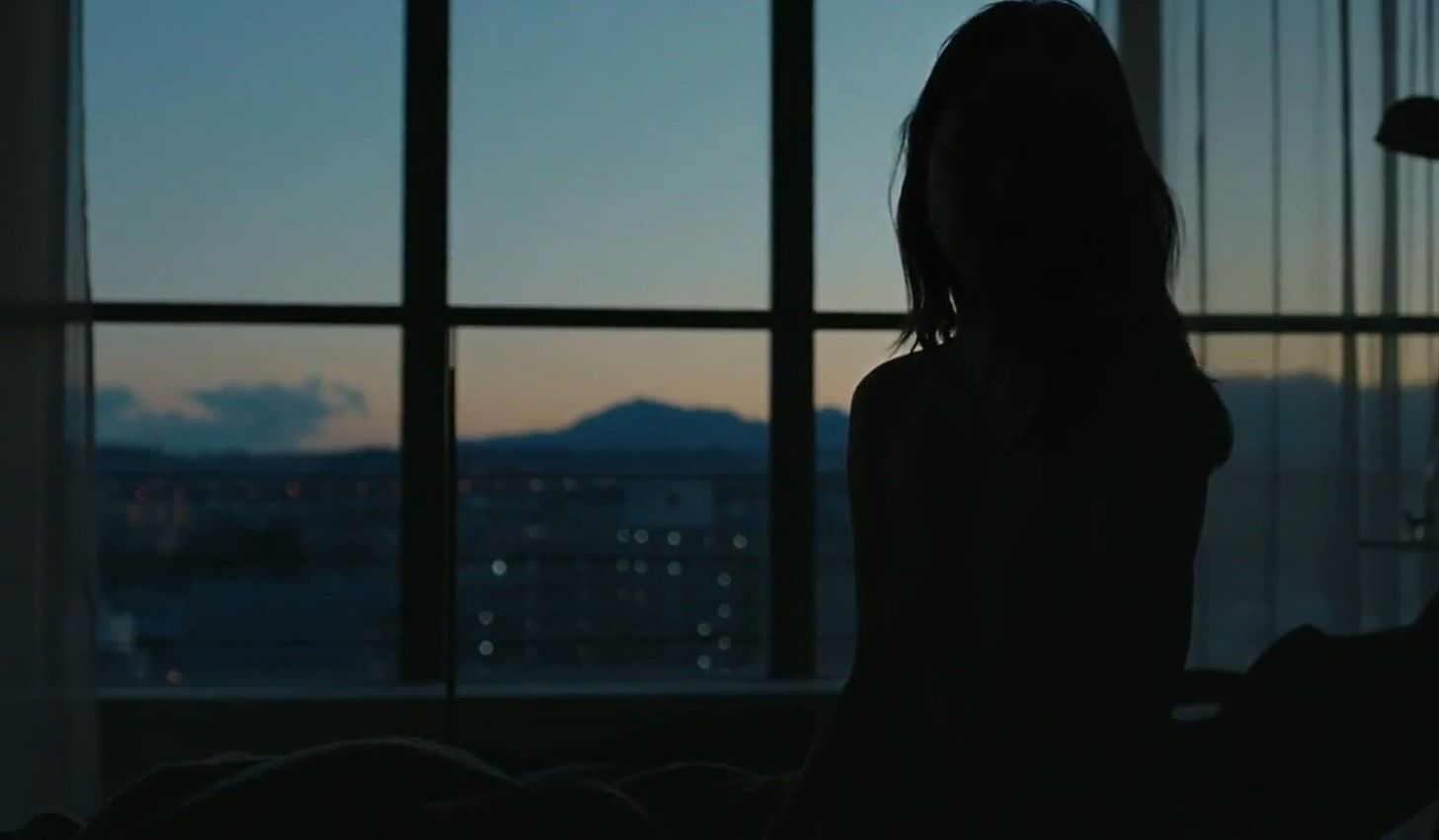
Hamaguchi and Oe are alive to this process and acknowledge it to the audience when the opening credits of the film flash at 40 minutes. What came before wasn’t a part of Drive My Car at all. It was, like Oto and Murakami’s short story Scheherazade, an existence outside the film’s world – a presence of an ‘absent’ story we all witness.
Scheherazade – a more Murakami-esque story of a female nurse who tells the protagonist stories after sex – is the engine that Drive My Car uses to enter and latch on to the viewers’ psyche like lampreys (vampire fish) – one of the most powerful symbols of the film. The dreamlike sequences of Scheherazade manifesting in Oto and telling the story of her childhood break-ins, sound similar to a part of Hong-Kong filmmaker Wong Kar-wai’s seminal work Chungking Express (1994). Perhaps another reference in a film full of one – including the title Drive My Car – which is also a song in The Beatles’ album Rubber Soul.
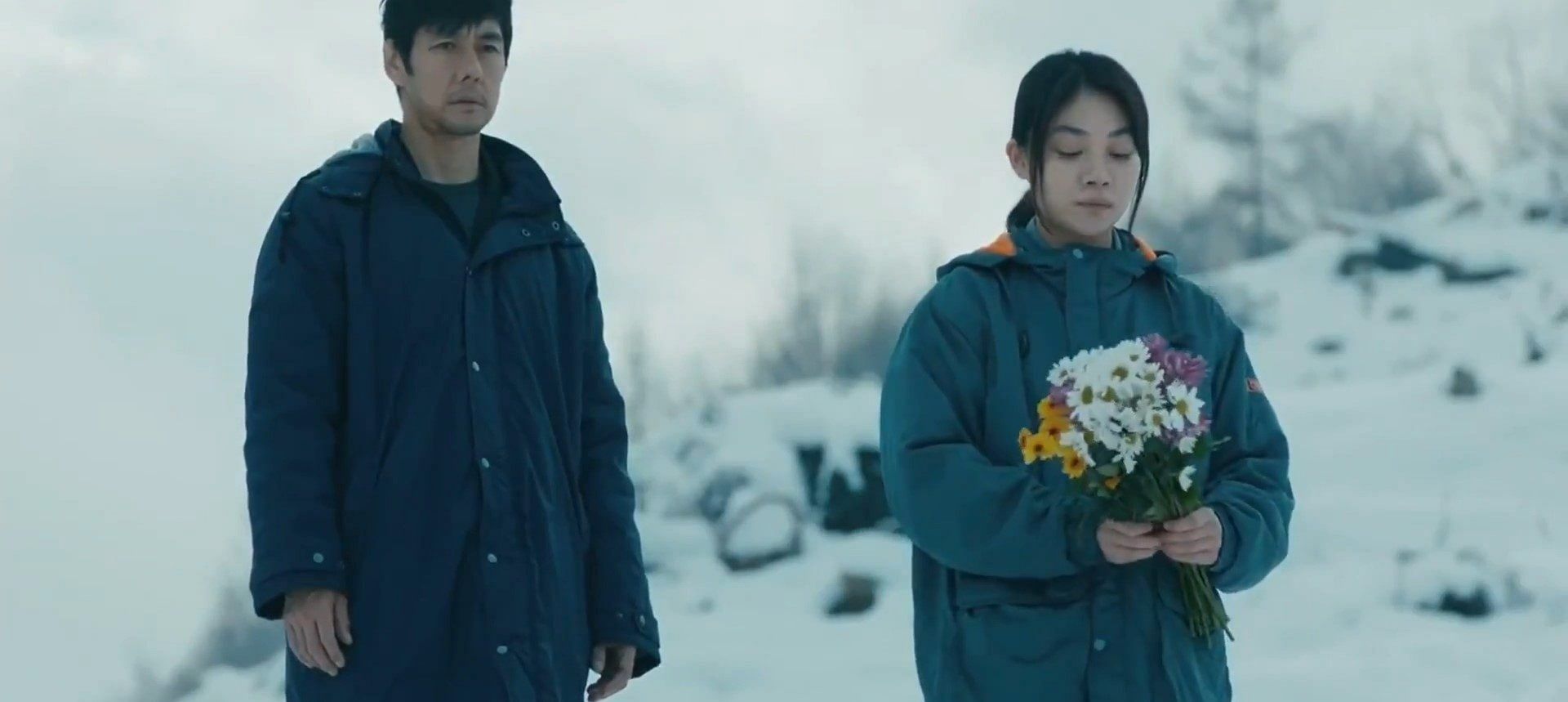
In a similar vein, the film owes its ‘divine relief of catharsis’ to Kino — another Murakami short story from Men without Women, albeit more loosely adapted than the exposition of the film. Kafuku and Watari’s confrontation with their own self, in shared intimacy, however, doesn’t pack the punch that Murakami’s visceral story does. Even in its entirety, the resolution feels hollow, unable to meet the emotional peaks of films that lament a similar loss like Manchester by the Sea (2016), Marriage Story (2019) and Eternal Sunshine Of The Spotless Mind (2004) do. Perhaps it’s a symptom of directing a confluence of three stories. Or simply the fact, as the director himself acknowledges, that: “Murakami’s writing is wonderful at expressing inner emotions, and… that’s why people want to adapt them. But it’s really difficult to re-create those inner feelings in film.”
Also Read: Amul cartoon for Squid Game, day off for Money Heist — Indians are finally binging world TV shows
Hiroshima mon amour
One of Hamaguchi’s vital directorial decisions is to situate Drive My Car’s story in Hiroshima rather than Tokyo. In doing so, he adds an undercurrent of political commentary that is otherwise missing from Murakami’s narrative. To this day, The Wind-Up Bird Chronicle remains the author’s most critically acclaimed novel because of its critique of atrocities by the Kwantung Army.
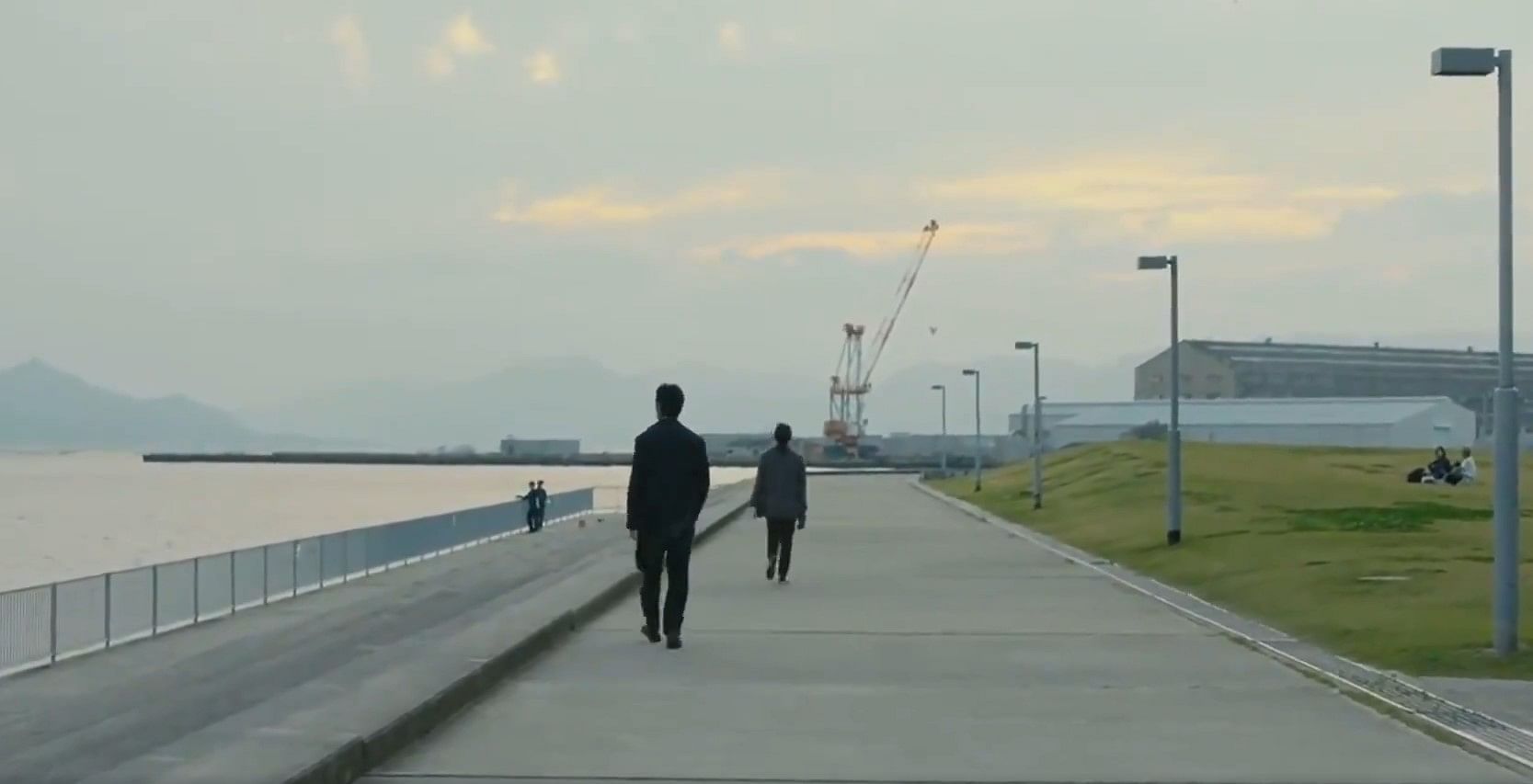
While the film was originally planned to be shot in Busan, carrying its own history of the Imjin War, the decision to shoot the film in Hiroshima because of a Covid-19 outbreak was perhaps a blessing in disguise.
The scenes of Kafuku and Watari wandering around the Naka Waste Incineration Plant beside the Hiroshima Peace Memorial Park, the area where the A-bomb was dropped, is a haunting symbolism of both characters searching for themselves and trying to come to terms with their pasts. The coastline of Setouchi sea along Hiroshima becomes a metaphorical ‘end of the world’. For these characters, there is nowhere to go from here.
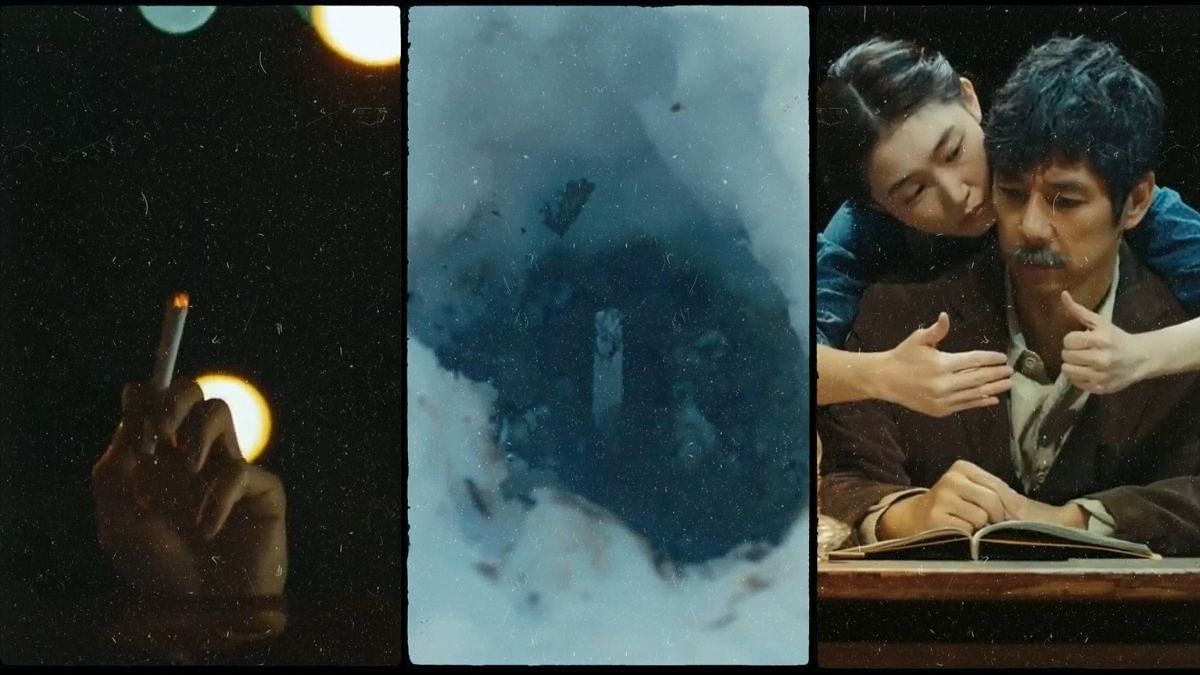
In the world of greys and blues, and cold-toned costumes, the red Saab 900 Turbo appears as a foreign object that doesn’t belong. It runs, like a DeLorean time machine from Back to the Future (1985) not fuelled by radioactive plutonium, but Murakami’s magic. As the characters make their way to the rubble of Watari’s house, crunching ice beneath their feet, the past – a prominent theme in the film – seems to be awaiting, frozen.
Drive My Car isn’t the first Murakami film adaptation, and it won’t be the last. They date back to the 1981 film Hear the Song of the Wind (Kaze no uta o kike) based on his first novel. For ‘Harukists’, the film is more a promise that more directors will now look to bring his stories to the silver screen. For the rest, it’s a story that grieves absences – of light, love, colours and nature, a full life. Like characters in Waiting for Godot, which is referenced in the film, we too carry that anxiety. Like lampreys recalling a past life.
(Edited by Neera Majumdar)


